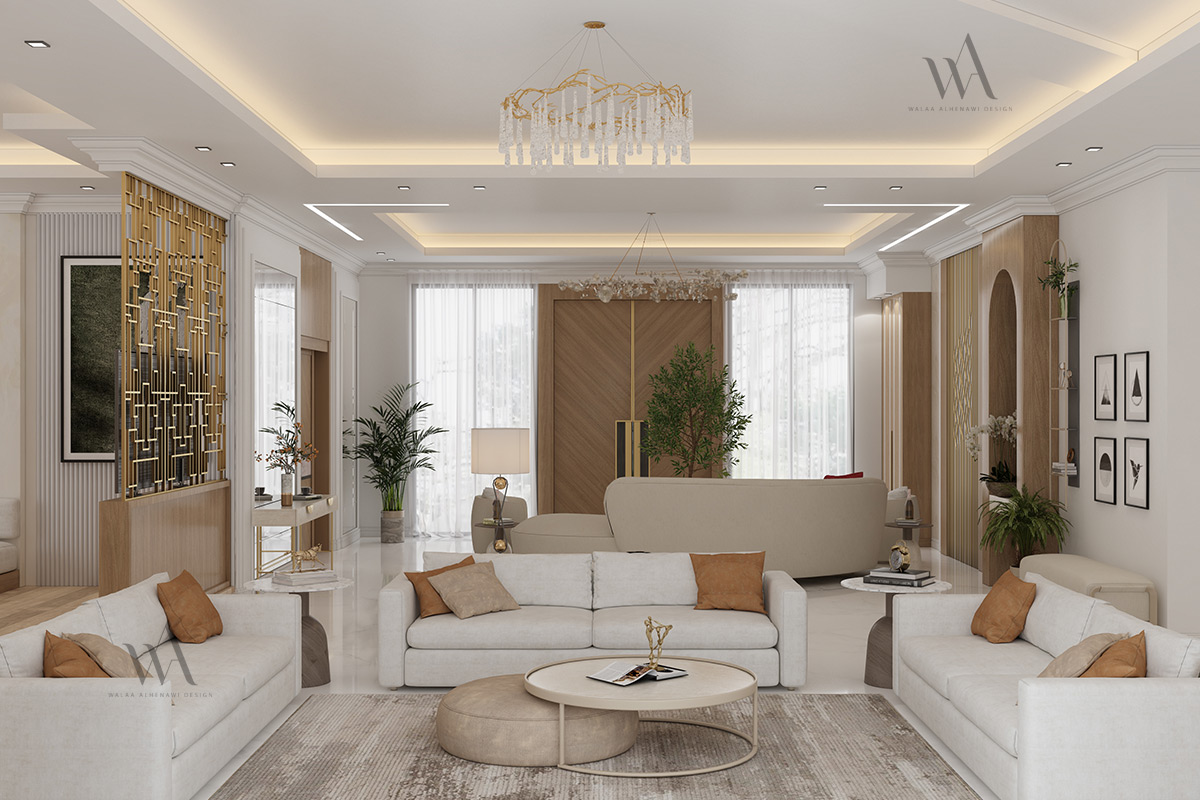Interior design is all about creating functional, aesthetically pleasing spaces that reflect the personal style and preferences of the homeowner or user. It involves choosing the right colour palette, furniture, and decorative elements to create a cohesive look and feel.
Here are some of the interior designing trends that people still look forward to in 2023,
1- Minimalism
One trend that has emerged in recent years is minimalism, which involves using a limited colour palette and simple, uncluttered spaces to create a clean, modern look. This trend is particularly popular in urban environments where space is at a premium.
2- Multifunctionality
With many people working from home or spending more time at home due to the pandemic. This has led to a trend towards designing spaces that serve multiple purposes, such as a home office that doubles as a guest room.
3- Sustainable designs
Sustainable design is also gaining in popularity, as more and more people become aware of the environmental impact of their home design choices. This trend involves using sustainable materials, such as reclaimed wood or bamboo, and designing spaces with energy efficiency in mind.
Incorporating natural materials, such as wood, stone, and plants, is another popular trend. These materials bring a sense of warmth and organic beauty to a space and can help create a relaxing, inviting atmosphere.
4- Personalization
Personalization is also important in contemporary interior design. Incorporating personal items, such as artwork and family heirlooms, can help create a space that feels uniquely yours.
5- Technology Enriched
Technology is also playing a larger role in interior design, with the rise of smart home technology. Designing spaces with automation systems and smart home devices in mind is becoming increasingly common.
The best practices to follow in interior designing stays the same over years. Let’s have a look at some of them.
- Start with a plan: Before you start making any changes to your space, it's a good idea to create a plan. This can help you prioritise your goals, budget your time and money, and make informed decisions about your design choices.
- Consider functionality: The design should be functional and meet the needs of the people who will be using the space. This might include designing a home office that is comfortable and conducive to work, or creating a family-friendly living room with plenty of storage for toys and games.
- Pay attention to aesthetics: The design should be pleasing to the eye and create a cohesive, harmonious look. This can be achieved through the use of colour, texture, and patterns, as well as by choosing furniture and decorative elements that complement each other.
- Incorporate personal touches: The design should reflect the personal style and preferences of the homeowner or user. Incorporating personal items, such as artwork and family heirlooms, can help create a space that feels uniquely yours.
- Be flexible: Interior design is a process, and it's important to be open to change and be willing to make adjustments as needed. What works for one person or space may not work for another, so be open to trying new things and making adjustments as needed.
Overall, the key to successful interior design is finding a balance between function, aesthetics, and personalization. By considering these elements, you can create a space that is both beautiful and practical, and that truly reflects your personal style and needs.


